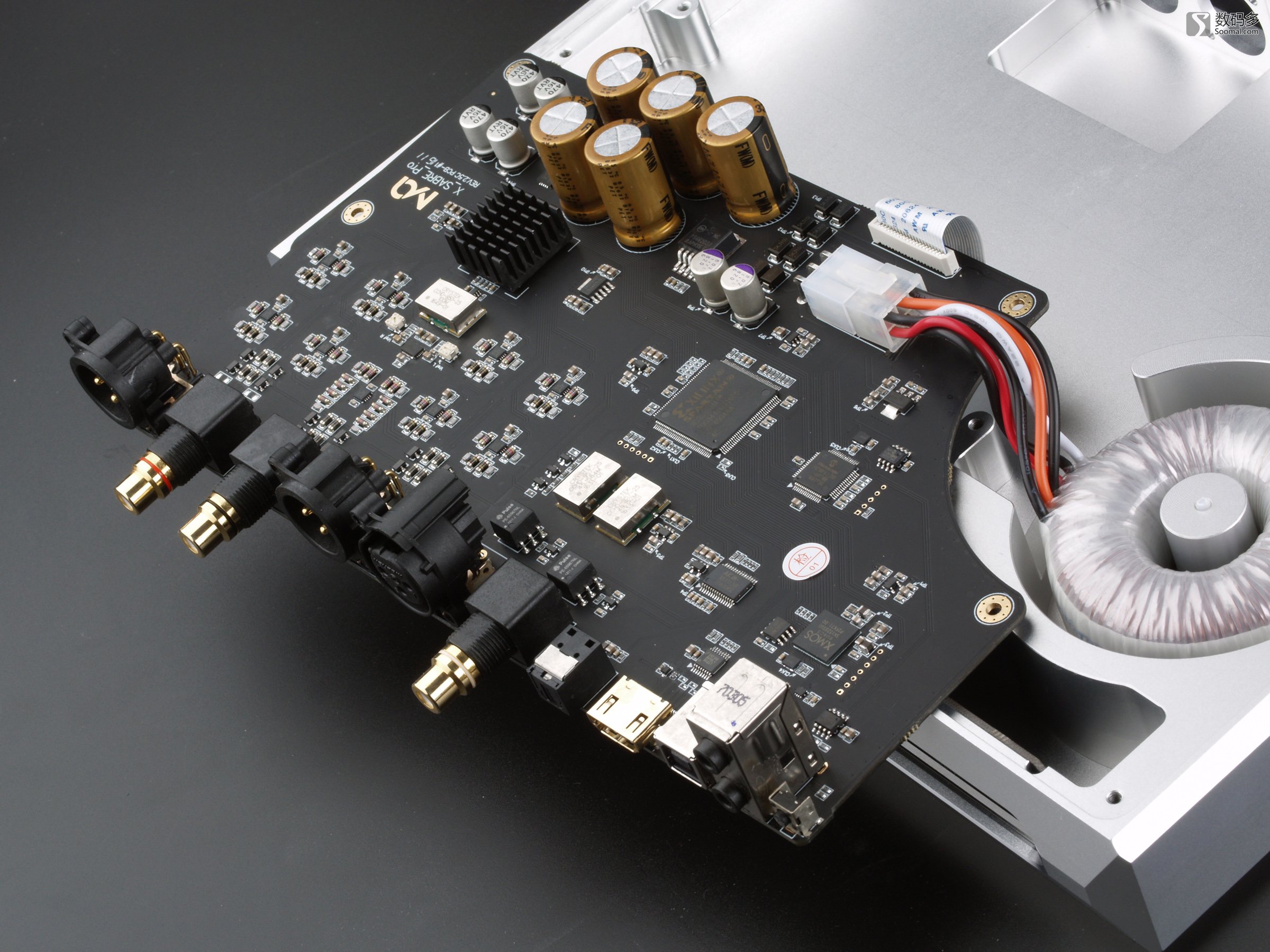I would bet that no difference is audible when level-matched and listened to blind with normal material (not test tones). The question is, can we go lower in price/quality than the D30? What is the real-world threshold of transparency?
Well I would nuance this in several respects.
I hope the following will not be shocking...
(I am speaking below only of studio, i.e. "ideal", recordings).
First,
there is the special case of people like me (I assume I must not the only one?)
who listen with headphones at very, very low volume levels:
I listen with my RME ADI-2 Pro with headphones directly connected to the dual jack headphone outs-> XLR out in average at about -60dB, (and less with some headphones, e.g. below -70 dB with the closed-back Focal Stellia), i.e. in power areas where the devices, DAC included, are much less performing and will not have such good numbers.
So having a device having the best numbers at the best point can matter for people who listen at power areas for which they are not optimized.
Second,
this is not my case, but I can imaging it could matter:
each stage in the audio chain will further degrade the SNR and IMD, so starting with the best possible situation would provide more margins, lower the risks.
Third, it depends a lot on which transducers are used.
I pass on speakers with all the problems of room acoustics, many quite difficult to resolve.
I listen mainly with headphones. Most are indeed not resolving enough to let hear differences.
But now take super resolving (at least at very low level volume levels) headphones like the Focal Utopia.
You can check here several people finding the same differences in level-matched double blind tests of cables with the Utopia:
(click on the button "afficher" below "Journée du 30 mai 2019"):
http://www.tellementnomade.org/forum/viewtopic.php?f=92&t=24039
This confirms the subjective impressions most people (incl. me) hearing (rather consistent) differences with cables with the Utopia (although I didn't use to believe in cable differences). Now the same people subjectively hear also differences between devices like DACs and amps with the Utopia.
Oops, I hope this is not too subjectivist...
at least we know where the "not measurable" statement originates from exactly.


